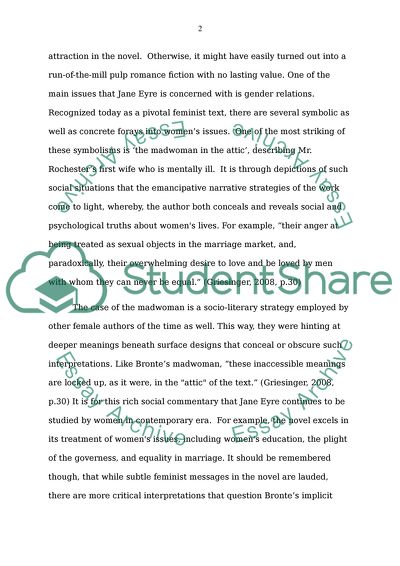Cite this document
(“Social commentary in Charlotte Bronte's Jane Eyre. In this essay you”, n.d.)
Retrieved from https://studentshare.org/literature/1466568-social-commentary-in-charlotte-bronte-s-jane-eyre
Retrieved from https://studentshare.org/literature/1466568-social-commentary-in-charlotte-bronte-s-jane-eyre
(Social Commentary in Charlotte Bronte'S Jane Eyre. In This Essay You)
https://studentshare.org/literature/1466568-social-commentary-in-charlotte-bronte-s-jane-eyre.
https://studentshare.org/literature/1466568-social-commentary-in-charlotte-bronte-s-jane-eyre.
“Social Commentary in Charlotte Bronte'S Jane Eyre. In This Essay You”, n.d. https://studentshare.org/literature/1466568-social-commentary-in-charlotte-bronte-s-jane-eyre.


